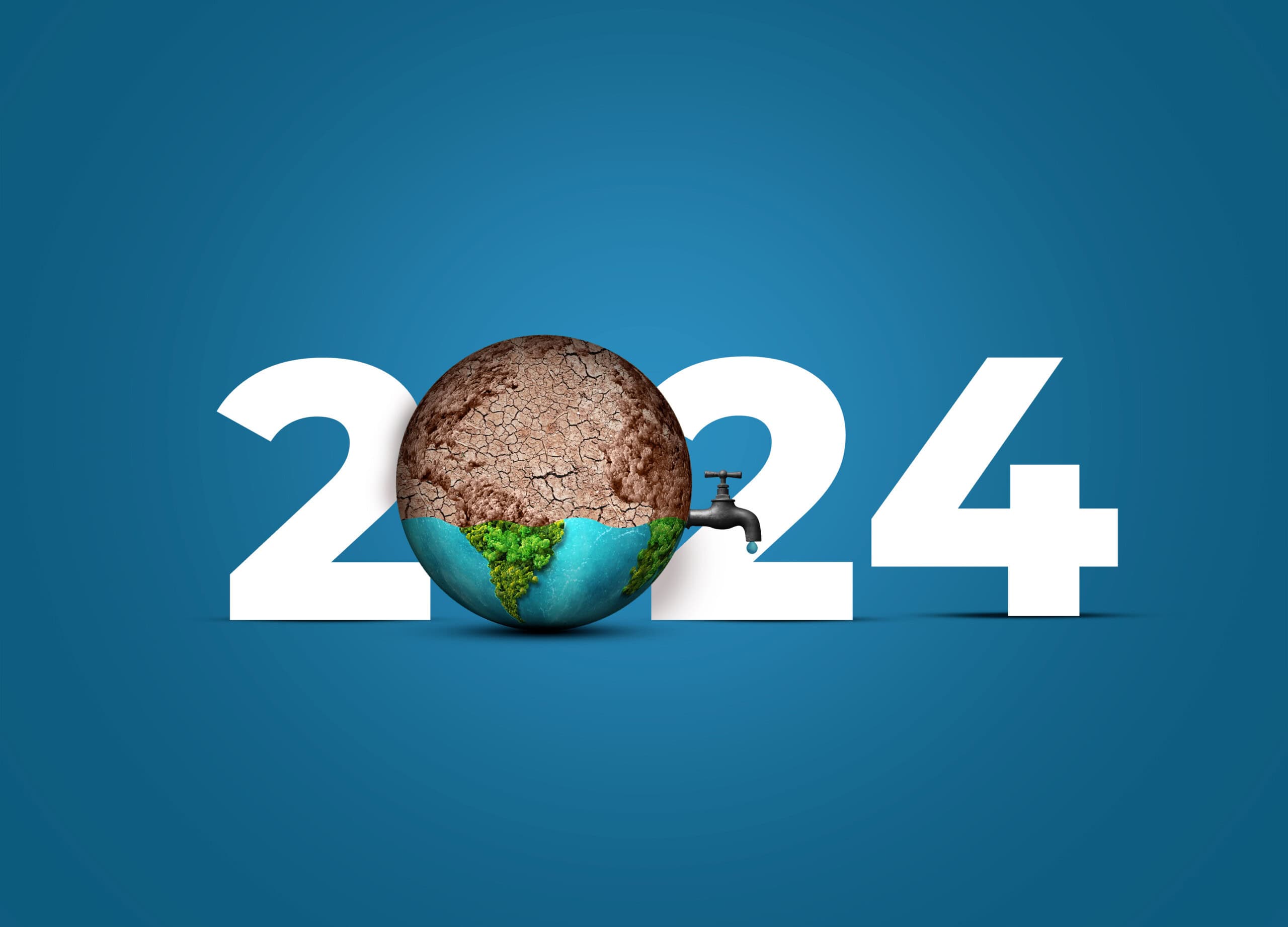
Water is often regarded as a renewable resource, given its continuous circulation through the hydrological cycle. However, despite its seemingly endless accessibility some people have, water is not an unlimited commodity. It is true that the planet is rich with water, yet not all of it is readily accessible or clean. Freshwater, the lifeblood of communities worldwide, is the key to sustaining life and supporting ecosystems. Yet, there's a critical distinction between freshwater that exists and freshwater that is clean, potable, and readily available for human consumption. Glaciers, for instance, store a significant portion of the Earth's freshwater resources in the form of ice. However, accessing this pristine water is often challenging due to its remote locations and the substantial energy requirements for extraction. Compounding this challenge is the accelerating rate of glacier melt caused by global warming, jeopardizing a vital source of freshwater for many regions.
Water usage patterns vary significantly around the globe, with some regions exhibiting alarming levels of overconsumption. Nowhere is this more apparent than in countries like The United States and China, where water usage per capita far exceeds global averages. Factors including extensive agriculture, industrial activities, an overall lack of community resources and a growing population contribute to the strain on water resources, highlighting the urgent need for conservation measures and sustainable practices.
Taking shorter showers, turning off the lights and sealing off leaks can make a big difference when it comes to water conservation. But it’s important to keep in mind that the overconsumption of water extends beyond domestic use and permeates various sectors of industry and agriculture. From manufacturing processes to irrigation in agricultural settings, water is a critical component of production. Because of this, if left unchecked, water usage in these sectors can exacerbate the challenges of climate change and water scarcity significantly. As global temperatures rise and weather patterns become increasingly erratic, water scarcity becomes a pressing concern for communities worldwide. The interplay between overconsumption, climate change, and water scarcity underscores the need for holistic solutions that address both demand-side and supply-side factors. Everyone needs to make changes.
From a consumer perspective, solutions to water-related challenges require a multifaceted approach. Individuals can contribute to conservation efforts by adopting water-efficient practices in their daily lives, such as reducing household water usage, fixing leaks, and investing in water-saving technologies. Additionally, raising awareness about the importance of water conservation and promoting behavior change through education campaigns can foster a culture of sustainability within communities.
Addressing overuse of water is key to a sustainable future. By making some changes in our daily habits and implementing a combination of consumer-driven initiatives, we can work towards a more sustainable water future and ensure equitable access to this precious resource for all.Are you passionate about energy conservation and eager to learn more about how you can make a difference? Take the next step in your energy education journey today! Visit The Watt Watchers of Texas for engaging activities, and Smart Energy Education for career guidance and industry insights. Together, we can create a brighter, more sustainable future!
We'd love to help answer any questions and help you get started! Drop us a line and we'll get back to you as soon as we can.
Watt Watchers of Texas
204 E. Dean Keeton Street, Austin, Texas 78712
contact@watt-watchers.com
Nos encantaría contestarle cualquier pregunta que tenga y ayudarle empezar! Envíenos un mensaje y nos pondremos en contacto con usted lo antes posible.
Watt Watchers de Texas
204 E. Dean Keeton Street, Austin, Texas 78712
contact@watt-watchers.com